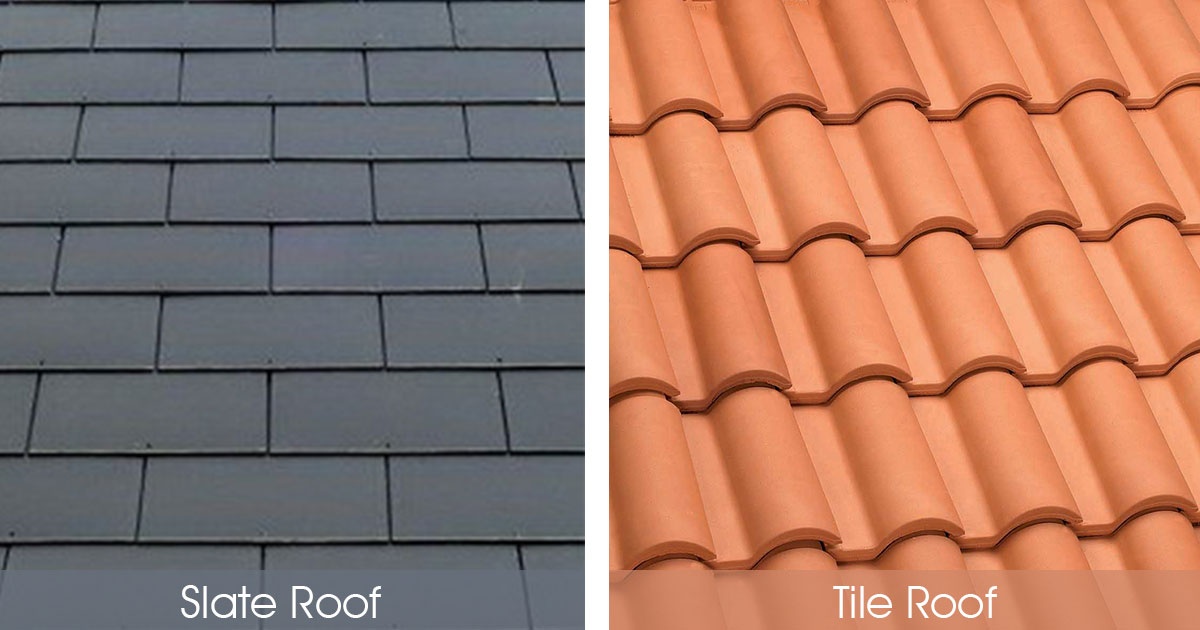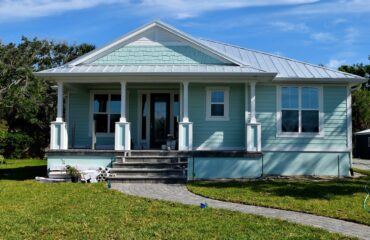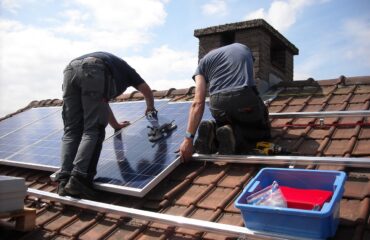Choosing between slate and tile can be crucial when selecting the suitable roofing material for your home. Both materials offer distinct advantages and drawbacks that homeowners must carefully consider before making a final selection. Consulting with a roofing specialist can provide valuable insights into each material’s specific needs and characteristics. Understanding the benefits and limitations of slate and tile roofing systems is essential to ensuring a long-lasting, durable roof that complements your property’s aesthetics. Let’s explore the intricacies of these two popular roofing options to help you decide on your next roofing project.
Slate Roofing Pros
Slate roofing offers unparalleled durability and a timeless aesthetic that enhances a property’s overall value and longevity. The natural durability of slate makes it resistant to harsh weather conditions, such as heavy rain, snow, and strong winds. With proper installation and maintenance, a slate roof can last over a century, surpassing many other roofing materials. Maintenance requirements are minimal, primarily consisting of periodic inspections to ensure any damaged or missing tiles are promptly replaced to prevent water infiltration. Additionally, the structure of slate tiles naturally resists mold and fungus growth, reducing the need for chemical treatments. This longevity and low maintenance make slate roofing a cost-effective and environmentally friendly choice for discerning property owners.
Slate Roofing Cons
While slate roofing offers numerous benefits, there are certain drawbacks to consider when evaluating this roofing option. One significant disadvantage of slate roofing is its high maintenance requirements. Due to its natural properties, the slate is prone to chipping, cracking, and delamination over time, necessitating regular inspections and repairs to maintain its integrity. Additionally, slate roofing comes with limited color options compared to other roofing materials. The natural colors of slate are mostly in the gray to black range, which may not suit all aesthetic preferences or architectural styles. Homeowners seeking a broader spectrum of colors for their roofs may find the choices offered by slate to be restrictive. These factors should be carefully weighed when deciding on slate roofing for a property.
Tile Roofing Pros
One notable advantage of tile roofing lies in its exceptional durability and longevity compared to many other roofing materials. Tile roofs are known for their ability to withstand harsh weather conditions, including heavy rain, strong winds, and even fire. The durability of tile roofing often surpasses that of traditional asphalt shingles, with a lifespan of 50 years or more when properly maintained. Additionally, tile roofing requires minimal maintenance, saving homeowners time and money in the long run. Routine inspections and minor repairs are usually all needed to keep a tile roof in top condition. With its impressive durability and low maintenance requirements, tile roofing is a reliable and long-lasting option for many homeowners.
Tile Roofing Cons
Despite the many advantages of tile roofing, there are certain drawbacks that homeowners should consider before opting for this roofing material. One of the main challenges associated with tile roofing is the installation process. Tile roofs are heavier than other roofing materials, requiring a sturdy structure to support their weight. This can lead to additional construction costs to ensure the roof can bear the load. Moreover, installing tile roofing can be more complex and time-consuming, potentially leading to higher labor expenses. Another downside is the maintenance costs involved with tile roofs. While tiles are durable, individual tiles can crack or break over time, requiring replacement, which can be costly. Regular examinations and maintenance are essential to uphold the durability of a tile roof.
Comparison of Slate and Tile Roofing
When comparing slate and tile roofing options, it is essential to consider their unique characteristics and suitability for different architectural styles and climates. Regarding longevity, slate roofing typically outlasts tile roofing, with a lifespan of 100 years or more compared to the 50-70 years of tile roofs. While slate roofs have a higher upfront cost due to the material and installation complexity, they often require less maintenance than tile roofs, which can be prone to cracking and breakage. Aesthetically, both slate and tile offer a range of styles and colors to complement various architectural designs. When conducting a cost analysis, weighing the initial investment against long-term durability and maintenance requirements is crucial to determine the most suitable roofing option.





